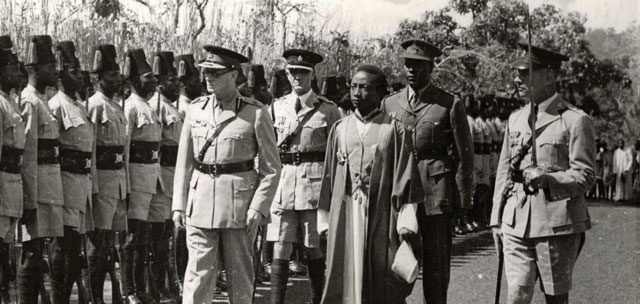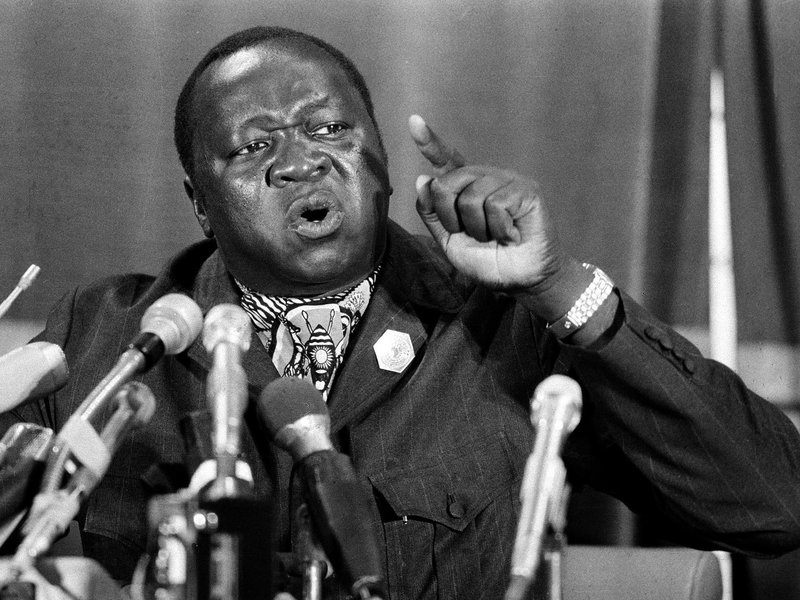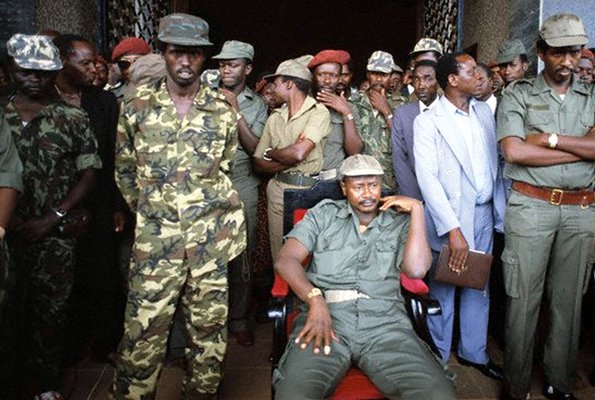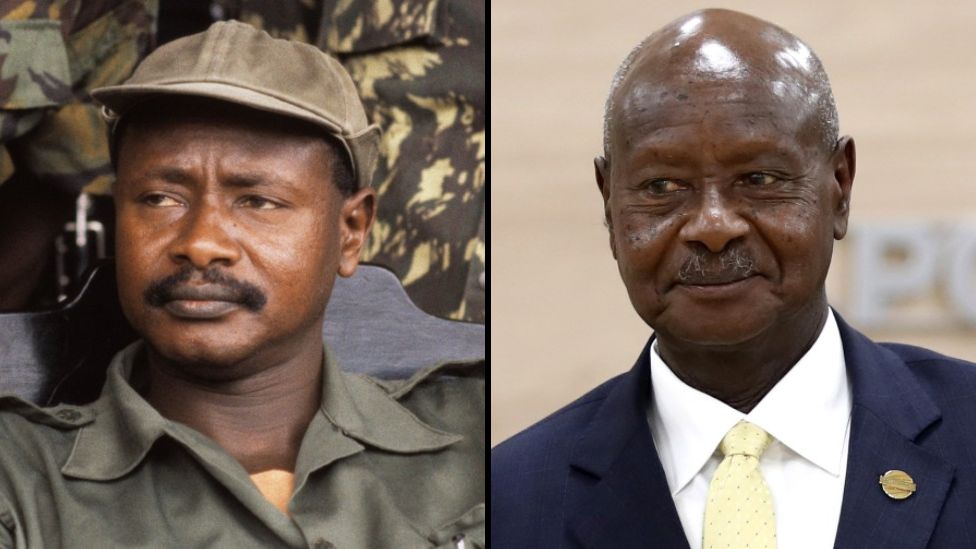Uganda’s Political History
Uganda’s Political History after Independence begins on 9th October 1962 when Uganda gained her Independence from the British who had colonized it since 1894 as their protectorate. Uganda came into existence from very organized kingdoms and chiefdoms that inhabited the lake regions of central Africa. At independence, Dr. Milton Apollo Obote, by then who was the leader of the Uganda People’s Congress (UPC) became the first Prime Minister and head of the government.
UPC under Obote came into power through a “sinful” alliance with Buganda’s Kabaka Yekka party (KY) whose duty was to protect the institutions and power of the Buganda Kingdom. After losing the first general election the previous year to Democratic Party(DP), UPC needed the strategic partnership of allies to avoid another defeat.

The November of 1963, The King of Buganda “Kabaka Mutesa II” was elected ceremonial President of Uganda thus seemingly sealing the political alliance of UPC and KY. However, this political alliance lived for a short time since both Obote and Mutesa had different agendas.
In the year 1964, as Prime Minister, Obote championed a bill in Parliament providing for a referendum on the belonging of 3 counties of Buyaga, Buwekula and Bugangaizi. By then these counties belonged to Buganda Kingdom though being claimed by the neighboring kingdom of Bunyoro. The bill made two of these counties opt to withdraw from Buganda and return back to the Bunyoro Kingdom.
The Kabaka of Buganda and President of Uganda, Sir Edward Mutesa II, was in a very n difficult position of signing the two acts containing to the “lost counties”. This and other reasons resulted into the 1966 Crisis.

Uganda’s Political History
On 15th of April 1966, just 4 years after independence, the Parliament was surrounded by troops on his orders. Here Obote introduced a new constitution without notice and it was to be voted upon that very same day. It was therefore passed without any debate on it, while the Prime Minister informs Members of Parliament (MPs) that they would find their copies in their pigeonholes. This constitution came to be known as the Pigeonhole Constitution, which extended the life of the Parliament and declared Milton Obote President of Uganda for a term of five. Worse to this, Kingdoms were abolished and the office of Prime Minister merged with that of the President with all executive powers to Obote. This eventually made Uganda to be declared a Republic.
The administration at Mengo and the Kabaka refused to recognize the supremacy of the pigeonhole constitution, insisting on the one of 1962.
After Obote realizing that it would be hard for him to rule while Buganda Kingdom is still standing, he ordered General Idi Amin to storm Kabaka’s palace on 24th May 1966. Lucky enough, the Kabaka managed to escape to Britain “exile”, where he later died on 21st November, 1969.
By 1967, Obote had abolished all monarchs in Uganda and the Parliament became the constituent assembly. All political parties were outlawed apart from UPC which was in power by then, and eventually Uganda became a one-party-state.

The Fall of Idi Amin, the UNLF and Obote II
After 8 years of his rule in April 1979, a combined force of Ugandan exiles, under the umbrella of Uganda National Liberation Army (UNLF). This together with the Tanzania Peoples Defense Force (TPDF) overthrew Amin’s regime.
A group of disparate Ugandans and individuals massively organised themselves with a common goal of overthrowing the Amin regime. The UNLF was created through the patronage of President Nyerere of Tanzania at the Moshi Conference. After the overthrow, the first UNLF government was led by Prof. Yusuf Kironde Lule as President, though lasted for only 68 days.
After 68 days, Godfrey Lukongwe Binaisa came after Yusuf Kironde Lule, and then Paulo Muwanga. Paulo Muwanga chaired the ruling Military Commission which organised the December 1980 general elections making UPC victors.
This election brought back Dr. Milton Obote for the 2nd time as President of Uganda.

During Obote’s second term in office, Ugandans went through a very hash days. Insecurity, fueled by the government’s own security organs as well as an ongoing liberation struggle devastated the country. An estimate of about 500,000 Ugandans lost their lives in just 5 years of Obote’s reign. The economy was very bad and so was the people’s faith in government.
NRA liberation struggle
In 1980, Museveni, by then Vice Chairman of the Military Commission and President of the Uganda Patriotic Movement, launched a liberation struggle. It was on February 6th, 1981 and with only 26 compatriots organized under the National Resistance Army (NRA) started the liberation straggle.
As the NRA advanced towards Kampala through Luwero, a lot of people died as they participated in the straggle. A lot of skulls still covered in Luwero with their relatives asking for compensation up to date. The NRA having already cut the country off into two different administrative zones, elements of the UNLA on July 26th 1985 ousted Obote in a bid to find better negotiating ground. The Military Junta of Generals Bazilio and Tito Okello replaced Obote II’s government. By February 26th 1986 the “Okellos Junta” had fallen and shortly after Uganda was under control of the NRA.

Uganda’s Political History
Yoweri Museveni sworn in as the President of the Republic of Uganda with a task of rebuilding the entire country. According to him, all political parties were to be suspended and Uganda was governed by an all-inclusive Movement system. However, still the country didn’t archive a lot and the NRA/M continued to face a number of challenge. Among them included the reactionary UNLA forces especially in the northern part of the country.
Travel to Uganda
The Movement System of Government

In 1995, a new constitution was promulgated creating a non-party all inclusive Movement System of government. Under this system, political parties remained in abeyance. Elections to most political offices was by universal suffrage. Marginalized groups like women, disabled, youths and workers were given special slots on all administrative units of Government. The military was also given representation in parliament. The aspect of keeping this system was to be reviewed by referendum every 4 years.
In 1996, General elections were held under the Movement System and Yoweri K Museveni was returned as President of Uganda. During this election, he became the very first Ugandan to be directly elected to the post by universal suffrage. In 2001, he was again voted to Office of President with a lot questions about the results. There are claims that the elections were not free and fair due to the chaos involved.

Return to Multi Party Politics
July 2005, there was a national referendum in which the people of Uganda set on to return to multi-party politics. The result of the referendum in effect marked an end to the Movement System of government. On February 23rd 2006, there were multi-party elections for both the office of president and for parliament. President Museveni won the presidential elections and took the highest number of seats in parliament up to date.







